Behind The Scenes: How News Teams Cover Hurricanes
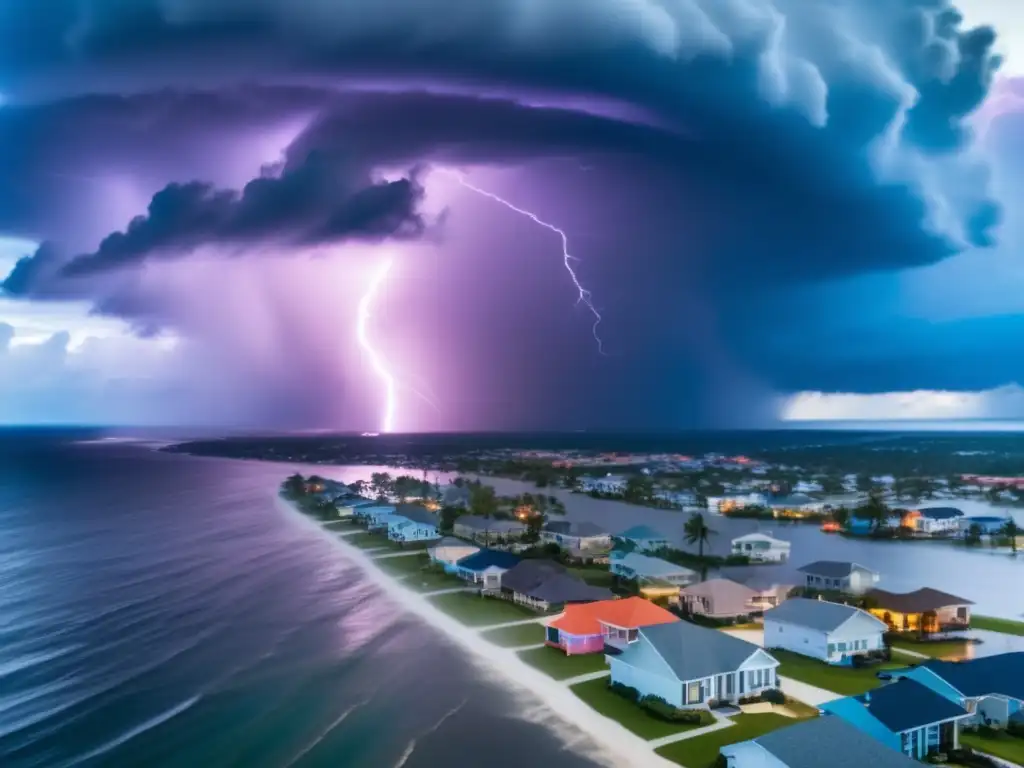
Behind the Scenes: How News Teams Cover Hurricanes
Introduction
Hurricanes are powerful and destructive natural disasters that can cause significant damage to homes, businesses, and communities. As such, they require extensive coverage from news teams to keep the public informed about the latest developments and safety measures. In this article, we'll take a closer look at how news teams cover hurricanes and provide some insights into the tools, techniques, and challenges they face.
The Tools of the Trade
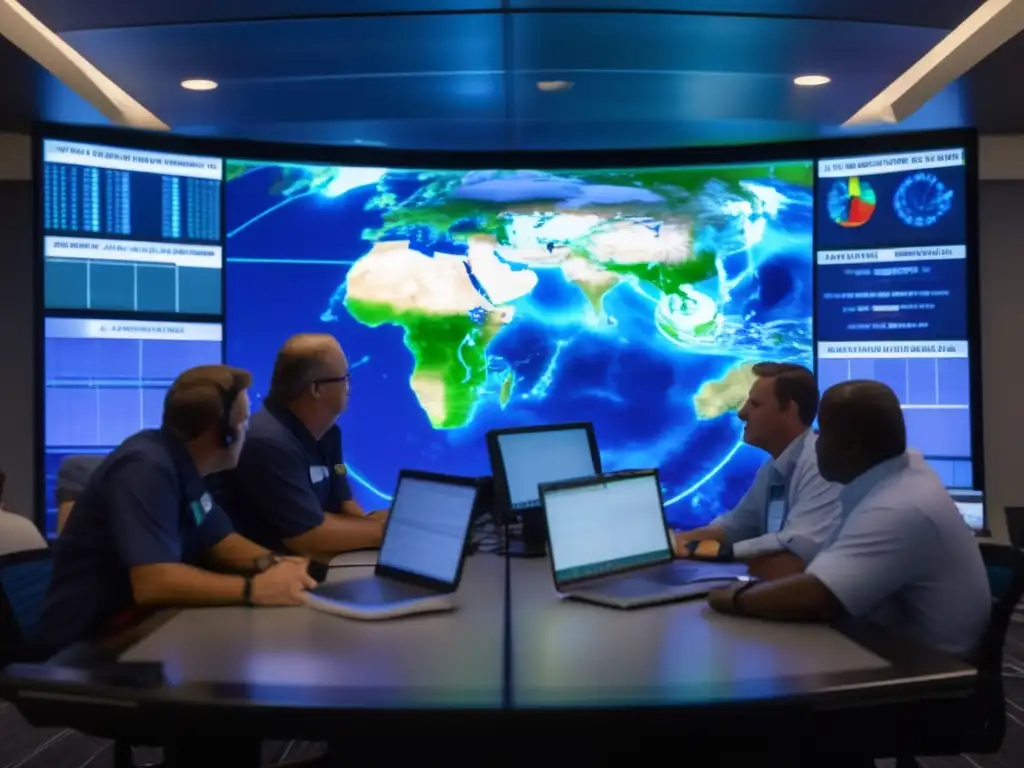
The Latest Technology
News teams use a variety of tools and technologies to cover hurricanes, including satellite imagery, weather radar, and GPS tracking systems. These tools provide real-time information on the location, size, and intensity of the storm, allowing reporters to provide accurate and up-to-date information to their audiences.
In addition to these technologies, news teams also use drones and helicopters to capture aerial footage of the storm's impact on the ground. This footage can be used for live broadcasts or edited into news packages for later use.
Social media has become an increasingly important tool for news teams covering hurricanes. Facebook, Twitter, and Instagram are all used to share updates, photos, and videos from the ground. Reporters can also use social media to communicate with people affected by the storm and to get firsthand accounts of the damage.
However, social media can also be a challenge to navigate during a hurricane, as false information and rumors can quickly spread. News teams need to be diligent in verifying their sources and fact-checking information before sharing it on social media.
Mobile Reporting
With the rise of mobile devices, news teams are now able to report from anywhere at any time. Mobile reporting allows reporters to quickly capture footage and interviews on the ground and share them with their audiences in real-time.
However, mobile reporting can also pose challenges, such as limited battery life and connectivity issues. News teams need to be prepared with backup batteries and other equipment to ensure that they can continue reporting even in adverse conditions.
The Challenges of Covering Hurricanes

Safety Concerns
One of the biggest challenges of covering hurricanes is ensuring the safety of news teams. Hurricanes can be extremely dangerous, with high winds, heavy rain, and flooding posing significant risks to reporters on the ground.
To mitigate these risks, news teams typically work in teams and follow strict safety protocols. They may also be equipped with safety gear such as helmets, life vests, and protective clothing.
Logistical Issues
Another challenge of covering hurricanes is logistical. Hurricanes can cause power outages, road closures, and other disruptions that make it difficult for news teams to access affected areas.
News teams need to be agile and adaptable, often making quick decisions about where to report from and how to get there. They also need to be able to work with limited resources, such as when internet connectivity is limited or disrupted.
Emotional Toll
Finally, covering hurricanes can take an emotional toll on news teams. Reporters may be exposed to scenes of devastation and tragedy, and may have to conduct interviews with people who have lost loved ones or lost their homes.
To cope with the emotional strain, news teams need to practice self-care and take breaks when necessary. They may also have access to mental health resources, such as counseling or therapy.
Frequently Asked Questions
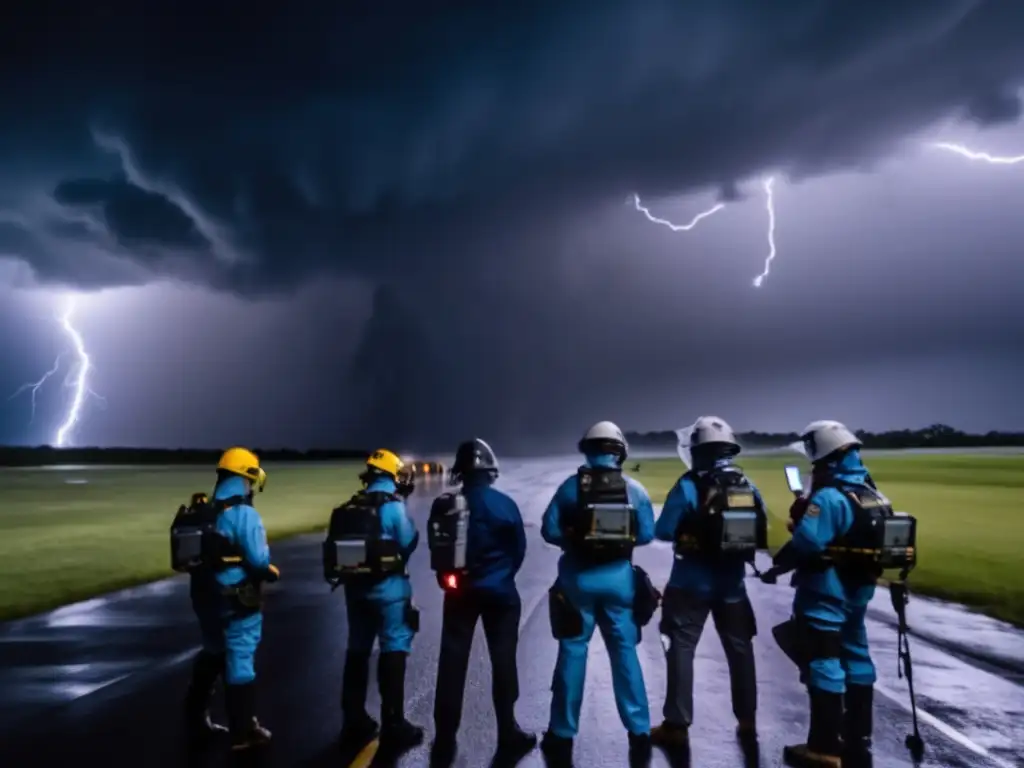
-
How do news teams keep themselves safe during a hurricane?
News teams follow strict safety protocols and may be equipped with safety gear such as helmets, life vests, and protective clothing.
-
What tools do news teams use to cover hurricanes?
News teams use a variety of tools, including satellite imagery, weather radar, GPS tracking systems, drones, and helicopters.
-
How does social media impact the way news teams cover hurricanes?
Social media allows news teams to share updates, photos, and videos from the ground in real-time. However, it can also be a challenge to navigate during a hurricane due to false information and rumors.
-
What are some challenges that news teams face when covering hurricanes?
News teams face challenges such as safety concerns, logistical issues, and emotional toll.
-
How do news teams cope with the emotional strain of covering hurricanes?
News teams may practice self-care, take breaks when necessary, and have access to mental health resources such as counseling or therapy.
Conclusion
News teams play a vital role in keeping the public informed and safe during hurricanes. By using the latest technology, practicing strict safety protocols, and navigating the challenges of coverage, news teams are able to provide accurate and up-to-date information to their audiences.
If you live in a hurricane-prone area, it's important to stay tuned to local news and follow any evacuation orders or other safety measures recommended by authorities. By working together, we can help protect ourselves and our communities from the devastating impact of hurricanes.
Thank you for reading. Please feel free to share your thoughts in the comments section below and engage with hurricaneinsider.org by subscribing, sharing the article on social media, or other forms of participation.
Additional Resources
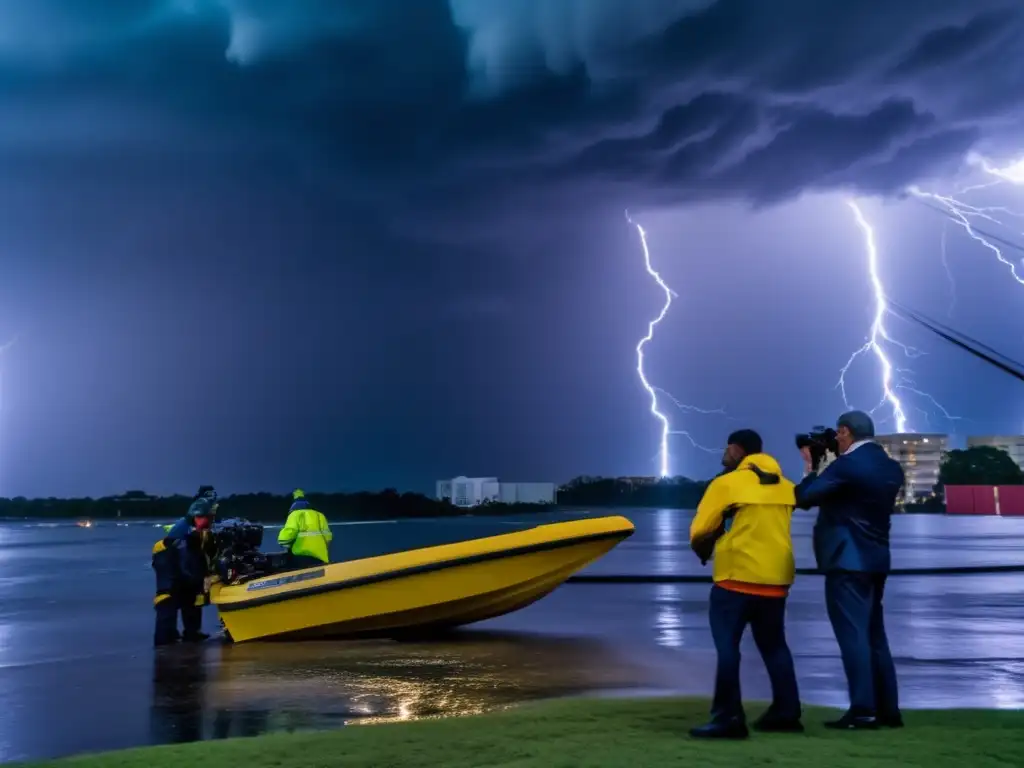
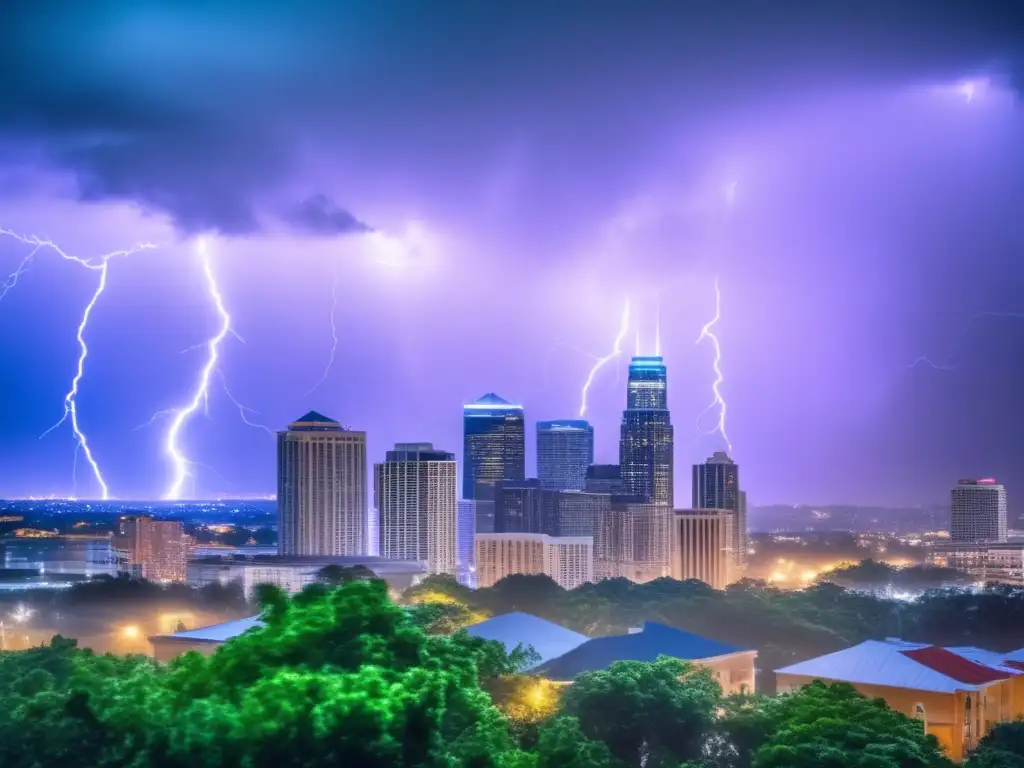 An Examination Of Urban Planning For Hurricane Resilience
An Examination Of Urban Planning For Hurricane Resilience Building A Hurricane-Resistant Home: Principles And Materials
Building A Hurricane-Resistant Home: Principles And Materials Hurricanes Through The Decades: A Changing Landscape
Hurricanes Through The Decades: A Changing LandscapeIf you want to discover more articles similar to Behind The Scenes: How News Teams Cover Hurricanes, you can visit the Basic knowledge about hurricanes: category.
Leave a Reply

Articulos relacionados: